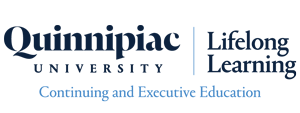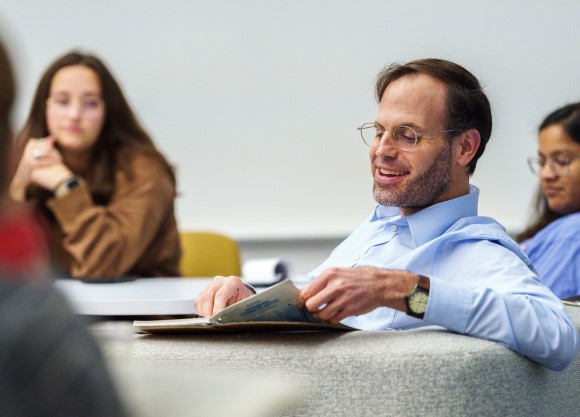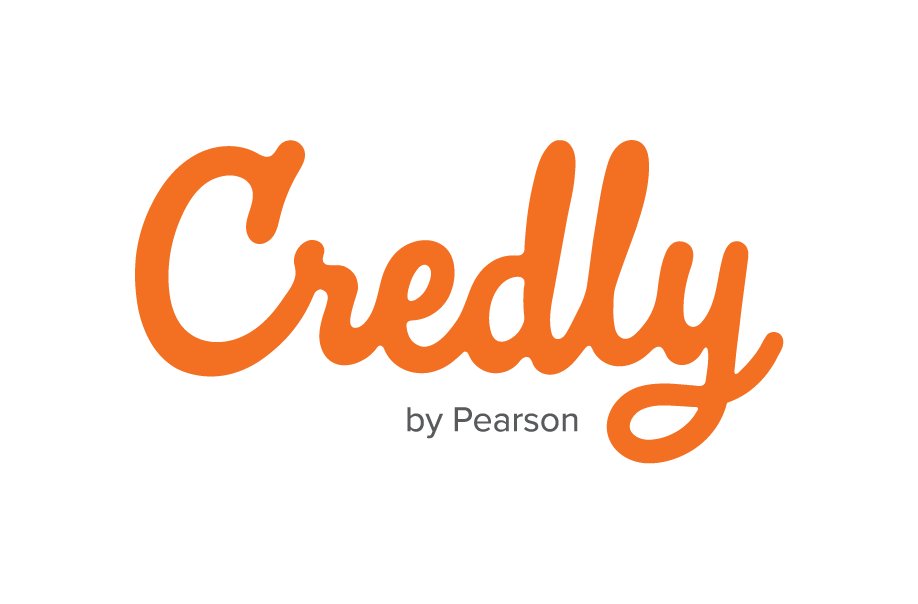By earning a micro-credential, learners across a wide array of industries, verticals and professional fields are able to showcase the acquisition of specialized knowledge that offers unique value in the workplace. Micro-credentials are flexible and versatile, designed and delivered in an accelerated format by our experienced faculty and industry thought leaders who understand critical shortages and skills gaps.
All students who complete a micro-credential associated with academic credit or co-curricular experiences will receive a designation on their transcript and a digital badge through Credly. Micro-credential earners are encouraged to share their achievements on resumes, social media platforms and e-portfolios.
Learners can begin their pursuit of micro-credentials at any level; individuals who are new to the field are best suited for Participation or Level I badges, whereas experienced professionals might be more interested in advanced Level III Badges or Level IV Certifications. More information about our micro-credential taxonomy can be found below.



